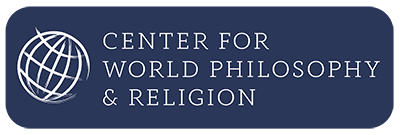
They point out the highly humanistic undertone of Lainer’s non dualism.
1) Affirming and honoring of the unique individuality of every person.
2) Engendering of human freedom and empowerment.
3) Affirms the necessity, ontological impact, and dignity of human activism.
4) Affirms the ontic idenity between the human and divine name as the empowering realization of enlightenment.
5) Affirming of the ontological dignity of human desire and viewing it as an important normative guide.
6) Affirming the ontological dignity and authority of the human capacity to employ trans-rational faculties, “Lemaalaha MiDaato”, in apprehending the unmediated will of God.
7) Affirms the centrality of will and the ultimate ontic identity between the will of God and the will of the awakened person, who has achieved post Berur consciousness.
8) Views not only the Tzaddik but that every person, Berur awakened state, as a source of ultimate moral and legal authority. We have termed this the “democratization of enlightenment.”
What is remarkable about Lainer’s thought is not that all of these features are present. Indeed many of them could be easily identified in many writers on secular humanism. What is unique is that all of these flow directly not from a secular perspective but from a radical non dualism which affirms that all is God. The idea that the human being substantively participates in divinity is the conceptual matrix which radically empowers and frees the human being.
Dr. Marc Gafni
The Dance of Tears
